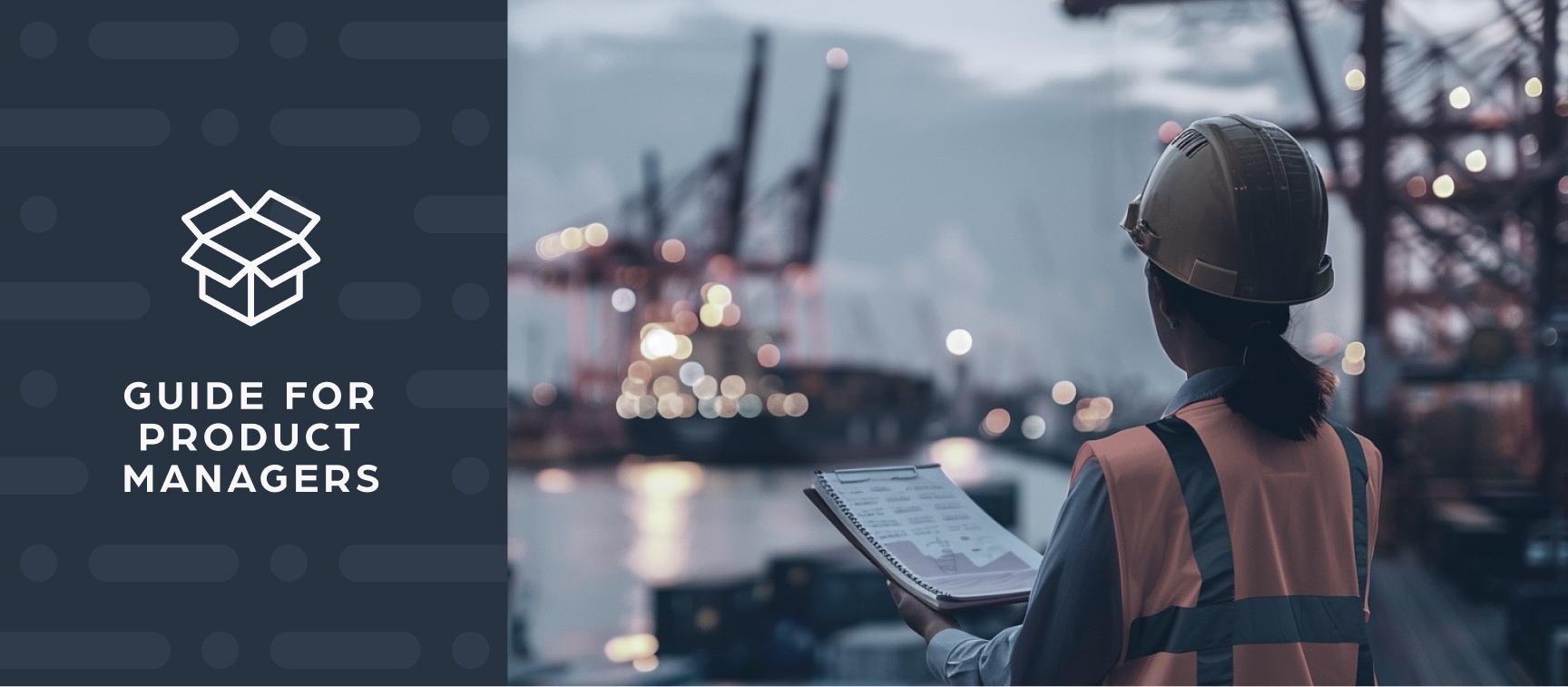How to Automate Supply Chain Risk Reports: A Guide for Developers
Do you use Python? If so, this guide will help you automate supply chain risk reports using AI Chat GPT and our News API.

News APIs play a critical role in the success of automated data-powered platforms across various industries — from media monitoring and risk intelligence to financial analysis and artificial intelligence. However, some companies struggle to choose the best news API for their platform. They don’t know if they should choose a free news API or a paid news API. They also may not know what features or capabilities they’ll get with either. So today, we’re closely examining these two news API options.
A news API collects and parses news data from sources across the open web. Some news APIs also structure and enrich news data, converting it into easily digestible, machine-readable news feeds. A news API allows automated platforms and applications to automatically access and analyze real-time or historical news content without having to visit every news source manually.
A news API plays a critical role in powering automated data-driven solutions whether designed for:
Free news API or paid news API — either one can boost your automated data-powered solution. A news API allows your platform to leverage more diverse news sources resulting in more accurate and beneficial results for your users. However, the results will vary depending on which news API you choose.
You should carefully consider the differences between free and paid news API offerings:
| Free News API | Paid News API | |
|---|---|---|
| Types of Data | Often limited to basic news content. Data returned may include news headlines and brief descriptions. | Typically returns comprehensive news content. Data includes various components, such as titles, body text, and entities. |
| Data Quality | Quality varies — Data may come from low-quality websites. Some APIs return noisy or unwanted data. | High quality — Only useful data sites crawled. Data is typically formatted, cleaned, and enriched — NO noise. |
| Data Formats | Commonly JSON and/or XML. Limited customization options. | Available formats usually include JSON, XML, RSS, and/or Excel. More customization options available. |
| Delivery | Ad hoc. Standard HTTP requests. | Ongoing. More sophisticated delivery options like WebSockets. |
| Real-Time Data | Not usually available. Potential delays in updates. | Most offer real-time updates. Users can get news information as soon as it becomes available. |
| Search Options | Basic keyword search. Some have custom fields. | Advanced search capabilities. Typically has a predefined structure. |
| Filtering Options | Limited or no filtering options. Difficult to find relevant information. | Extensive filtering options, which can include language, location, keywords, topics, and sentiment. Helps improve the relevance and quality of the data. |
| Scalability | Suitable for small-scale applications. Limited number of API requests per day/month. | Suitable for large-scale commercial use at scale. High-volume access. |
| Management | Minimal management tools. Basic analytics and usage tracking. | Comprehensive management dashboard. Detailed analytics and usage tracking. |
| Machine Learning | Limited or no ML capabilities. Basic categorization or tagging. | Advanced ML features like sentiment analysis and trend prediction. Customizable ML models. |
| Support | Limited support — help usually comes from the developer community on sites like Stack Overflow. | More support options — help can include direct support (email/phone), forums, Slack channels, or Microsoft Teams. |
| Cost | Free to use — can access data at no charge. May have a hidden cost like ads, data limitations, or attribution requirements. Sometimes open source. | Paid service — cost varies. Usually subscription-based or tiered pricing. Higher cost for premium features. Commercial licensing. |
Ready to Upgrade Your News API?
A paid API usually has more bells and whistles than a free API. However, it may make sense for you to go with a free one, especially if you:
A free news API can be an excellent place to start, and you can always upgrade to a paid news API later.
A free news API can work well for many types of projects. However, upgrading to a paid API may become necessary. For example, you’d need a commercial news API when your customers:
If you’ve realized you need to move beyond a free news API, consider Webz.io’s feature-packed news API. You get high-quality, customizable news data feeds through an easy-to-use API.
The news API you choose will impact how well your automated data-driven platform works for your customers. So, consider the differences between free and paid news APIs carefully. After all, when you invest in a good news API you invest in the success of your automated solution and ultimately your business.
Ready to get started with our News API? Talk to one of our data experts

Do you use Python? If so, this guide will help you automate supply chain risk reports using AI Chat GPT and our News API.

Use this guide to learn how to easily automate supply chain risk reports with Chat GPT and news data.

A quick guide for developers to automate mergers and acquisitions reports with Python and AI. Learn to fetch data, analyze content, and generate reports automatically.